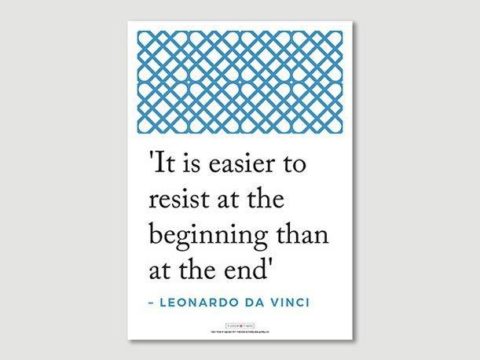A Royal Scandal
Chapter 6 : A Sixteenth Century Erroll Flynn
In this affair Thomas Seymour comes across as a sixteenth-century Erroll Flynn, a two dimensional caricature of a swashbuckling adventurer, a portrayal that obscures the real man, the role he played, his intentions and the real extent of his influence. Elizabeth's own feelings and responses are even more difficult to gauge, and details of the affair are fragmentary, resting chiefly on the depositions of Astley and Parry. We are dealing with the whole question of stories here, not just modern readings of this sorry tale, but sixteenth-century interpretations of what actually happened. And what actually happened may not have been the same thing.
Katherine Astley's own role in it is a disturbing one. Why did she allow the romps to go on for so long before protesting? Why did she urge her royal charge towards marriage with the Admiral, a step that could have proved fatal for both Elizabeth and Seymour, since it was high treason to marry a princess of the blood without the King's – in this case, the Council's – consent? Was Astley herself more than a little in love with Seymour? She paid dearly for her rashness with a terrifying sojourn in the Tower, but Elizabeth remained close to her and promoted her to be head of her Privy Chamber when she became queen in 1558.
It is in the interrogations of Elizabeth that we see the brilliant mind of the future Queen at work for the first time, that formidable intellect that enabled her to outwit all her accusers and emerge from the scandal with her reputation ultimately intact. Did she bear Seymour a child, as rumour had it? Was she the young girl who was secretly delivered by a midwife who was taken blindfolded to a great house? It seems more likely that she preserved the maidenhead that was later to be so integral to the cult of the Virgin Queen.
Above all, what impact did the Seymour scandal have on the adolescent mind of a girl whose mother and step-mother (Katherine Howard) had died on the block for committing adultery? In modern terms, Seymour's behaviour was nothing less than child abuse, although in the sixteenth century girls could marry and cohabit at twelve, so it would not then have been regarded as such. But it is inconceivable that the affair did not inflict irreparable damage to Elizabeth's psychological and sexual development, and it may be that it was because of Seymour's bloody end, even more than those of her mother and step-mother, that Elizabeth came to hate the idea of marriage for reasons she would not 'confess to her twin soul'.
Alison has written several non-fiction books about the protagonists in this article:
The Six Wives of Henry VIII
Children of England
Elizabeth the Queen
She has also written two novels about Elizabeth I:
The Lady Elizabeth
The Marriage Game






